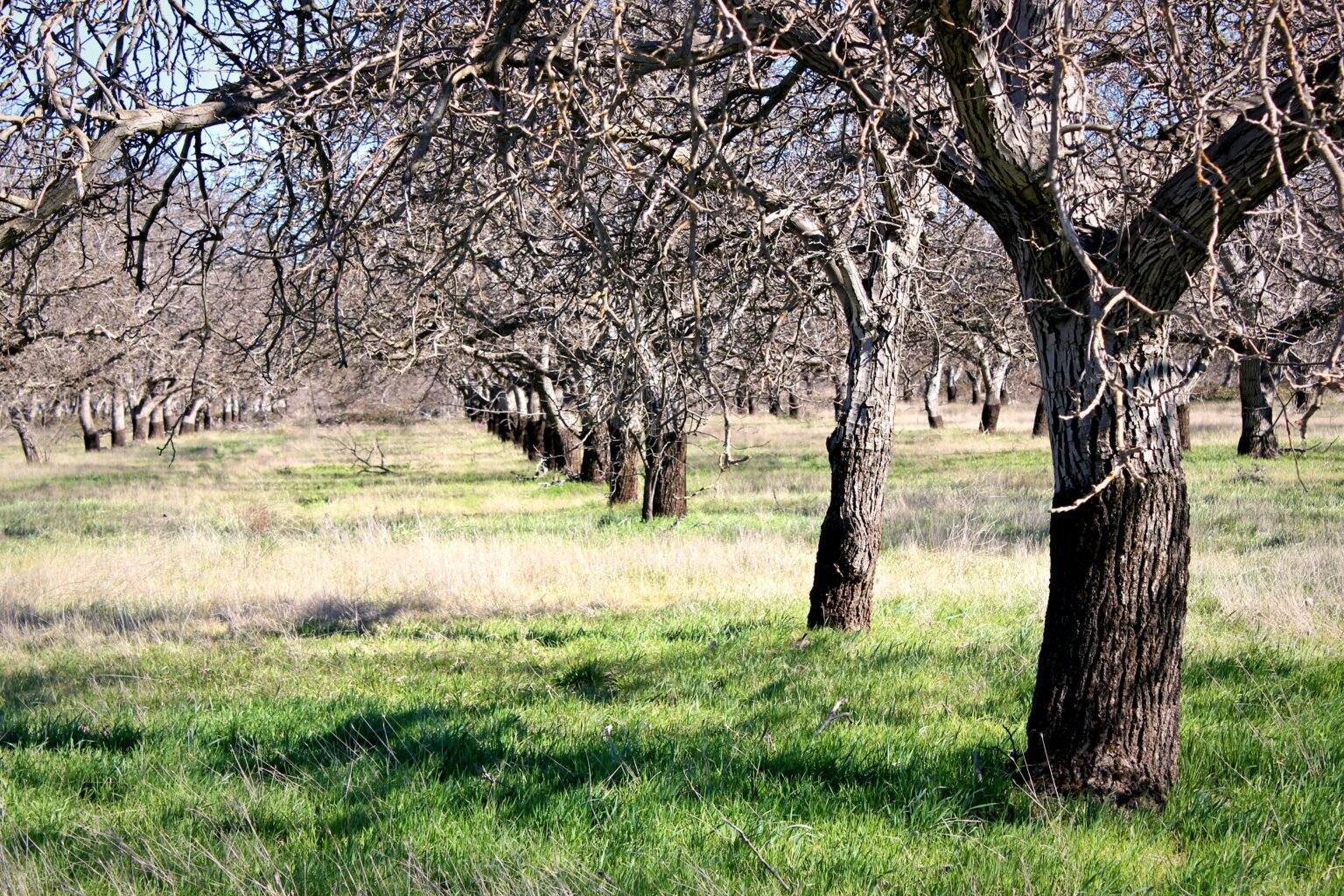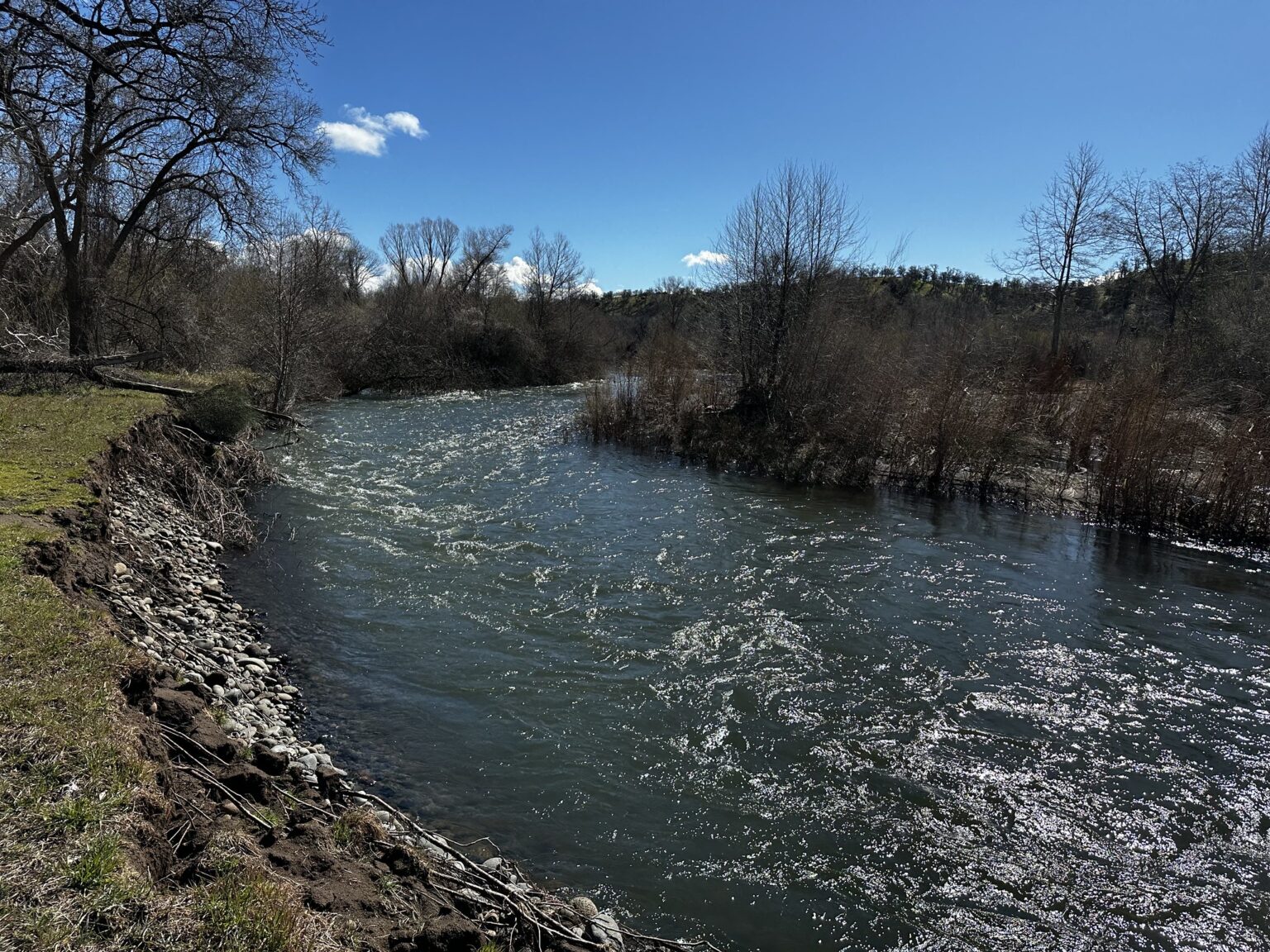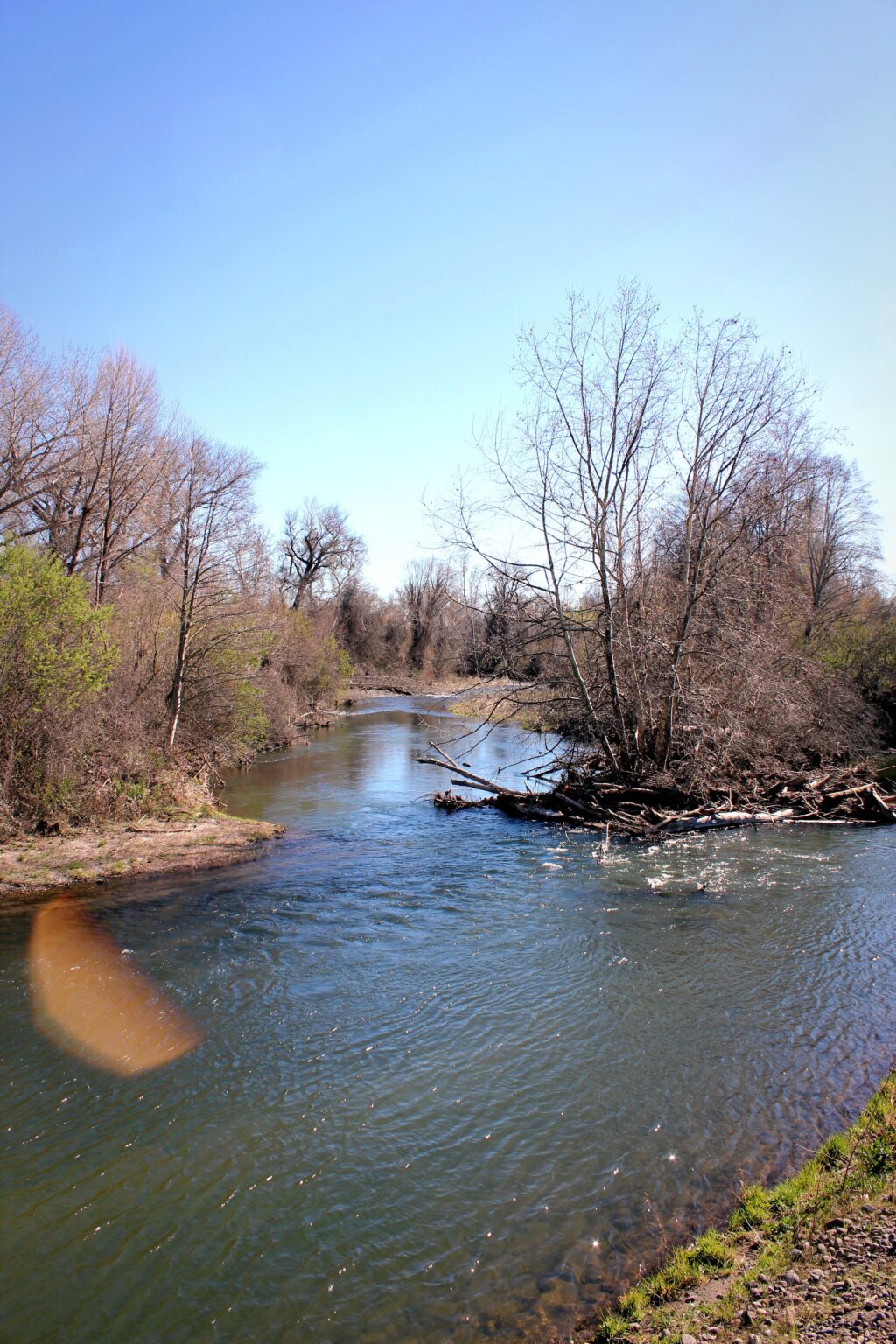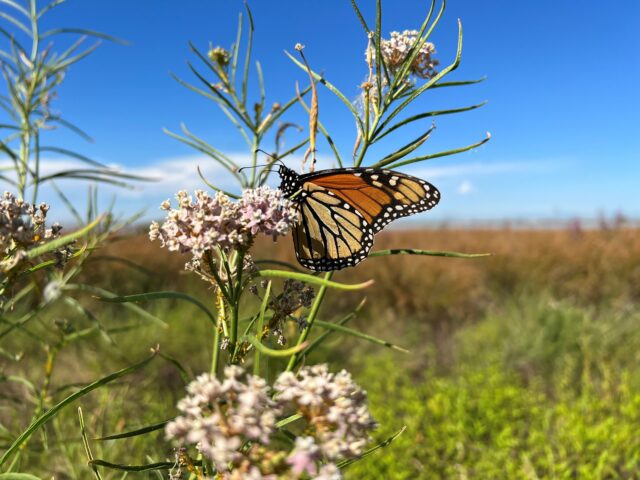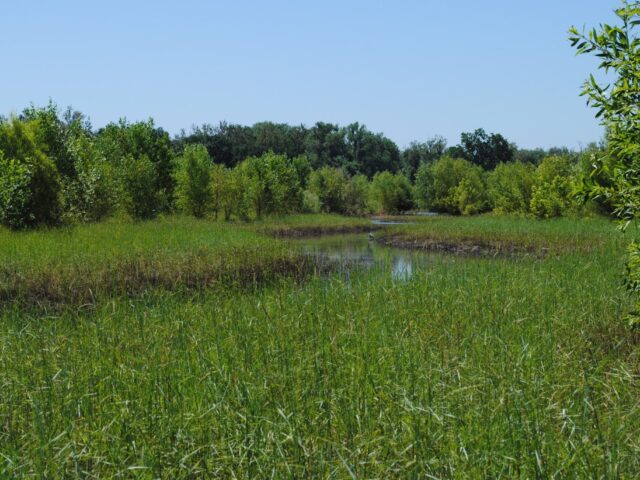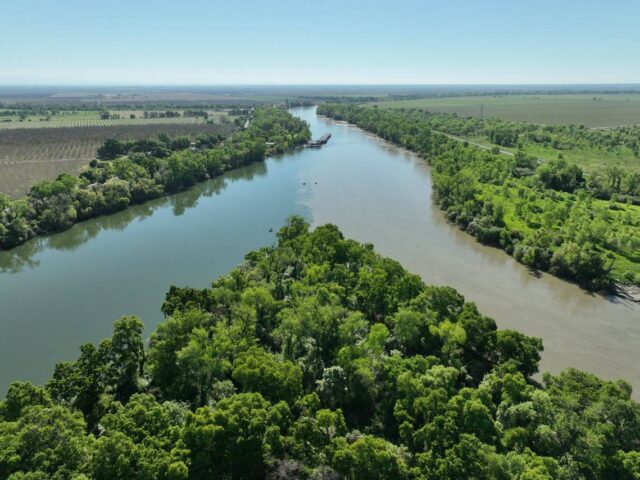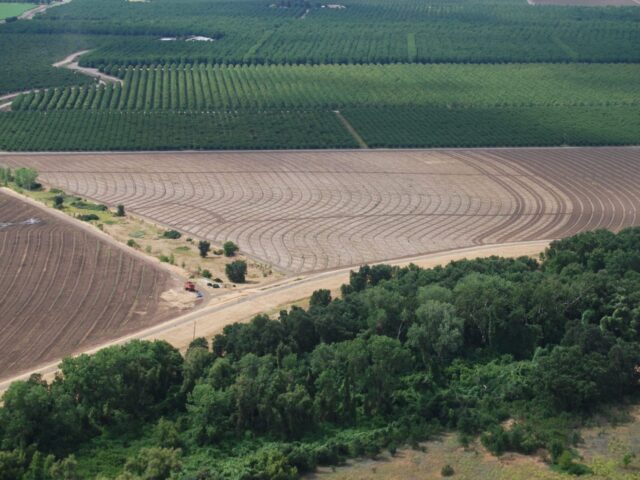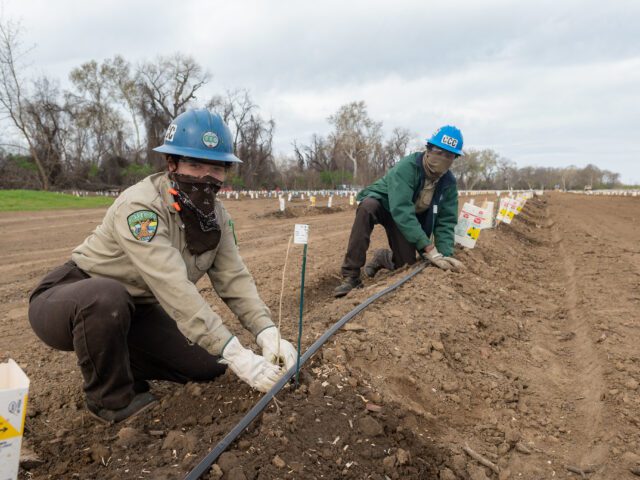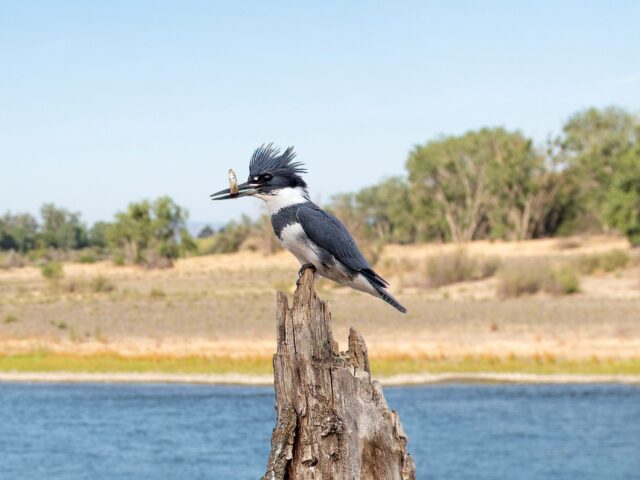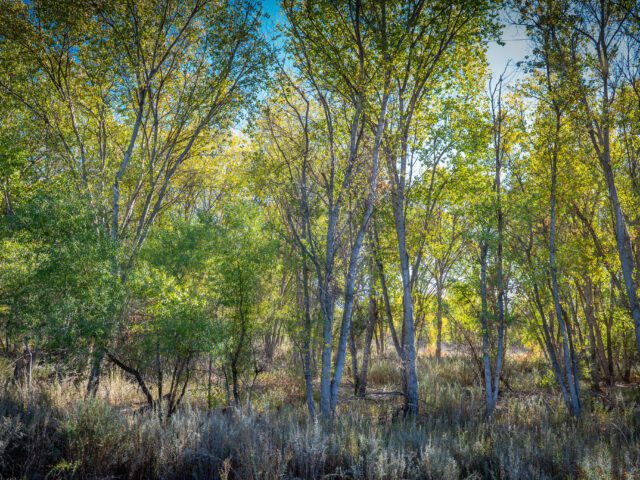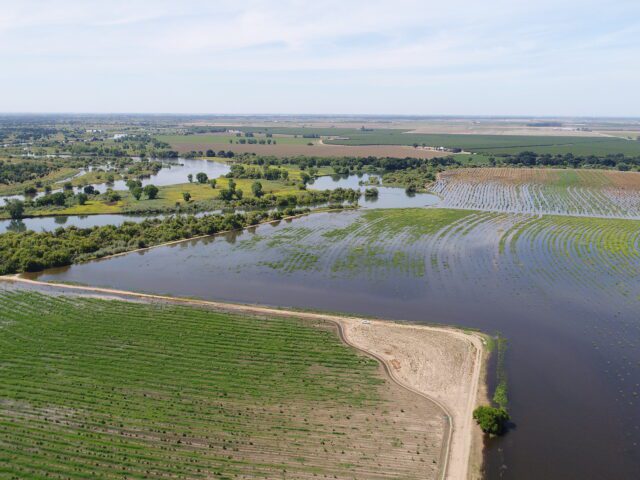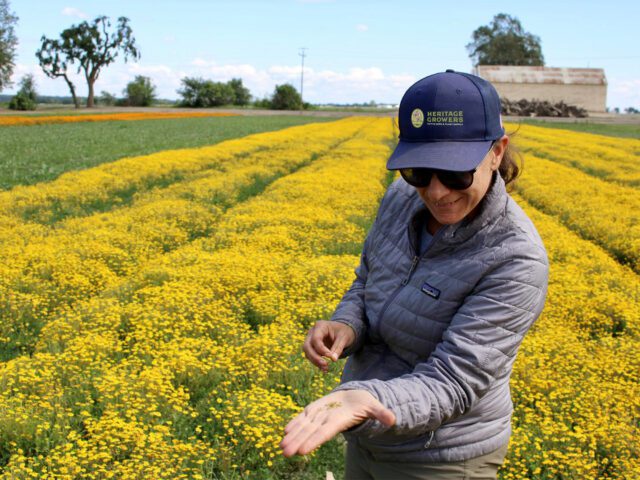River Partners in collaboration with the U.S. Bureau of Land Management is restoring 150 acres of floodplain habitat at the confluence of Battle Creek and the Sacramento River. The first phase of restoration broke ground in autumn of 2023.
Battle Creek is one of the last streams in California that supports all four runs of Chinook salmon as well as steelhead. Restoration efforts will improve fish habitat, reduce habitat fragmentation and support the recovery of critically endangered wildlife species including endangered Swainson’s hawk, Western yellow-billed cuckoo, and valley elderberry longhorn beetle. The 306-acre Rancho Breisgau Unit is part of the U.S. Bureau of Land Management’s Sacramento River Bend Area of Critical Environmental Concern and is one of the last remaining parcels needed to connect a major wildlife corridor of continuous riparian habitat stretching from the Sacramento River up to the headwaters of Battle Creek in Lassen Volcanic National Park. Project funders and partners include the California Wildlife Conservation Board, Western Shasta Resource Conservation District, Tehama County, and CSU Chico. The second phase of restoration on the remaining 156 acres will begin when funding can be secured.
Project Impact
150 acres to be restored
32,700 trees and native vegetation to be planted
10 priority species protected
PLUS increased recreational opportunities for the public
About Rancho Breisgau
Battle Creek is a critically important stream with the largest alluvial floodplain on the Sacramento River. Restoration on this site is important because it is a component of a larger block of contiguous habitat along the Sacramento River and Battle Creek. Restored, this property will reduce habitat fragmentation and contribute significantly to recovering vital habitat for high-priority wildlife species.
The current condition of riparian habitat in lower Battle Creek floodplain near the Sacramento River is poor. The area, formerly used for agriculture, is now in degraded orchards or is fallow and covered in invasive weeds. Natural regeneration of riparian habitat has been slow in most of the fallow area, with limited patches of valley oaks and other native tree species. The fallow area is dominated by various non-native annual grasses as well as broadleaf species, including yellow star thistle and mustard. Previous efforts to restore the area by have been unsuccessful due to the chokehold of invasive species in the area. In its current condition, the project area provides little wildlife habitat value for fish or other riparian-dependent species and is a significant gap in the riparian corridor of Lower Battle Creek and the Sacramento River. With River Partners proven track record of removing difficult areas of invasive species and successfully establishing self-sustaining riparian forests in under three years, soon the area will be transformed into rich habitat for both wildlife and people.
Photos top to bottom, left to right:
- Fallowed walnut orchards at Rancho Breisgau which were removed for planting native species
- Battle Creek
- California pipevine swallowtail butterfly at Rancho Breisgau
- Battle Creek



